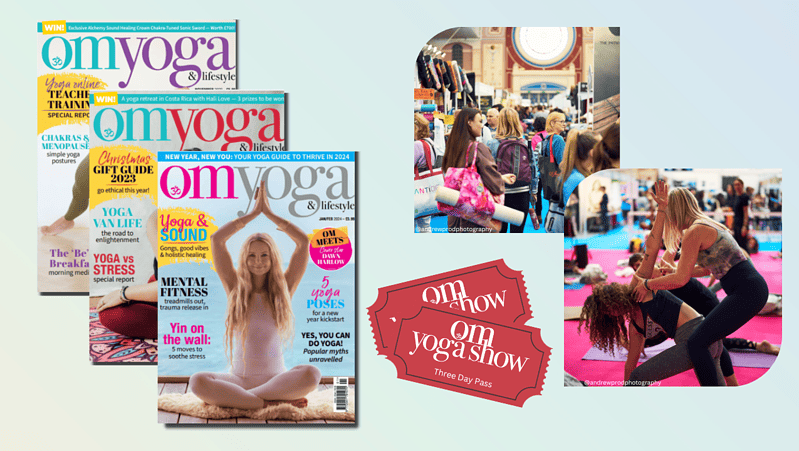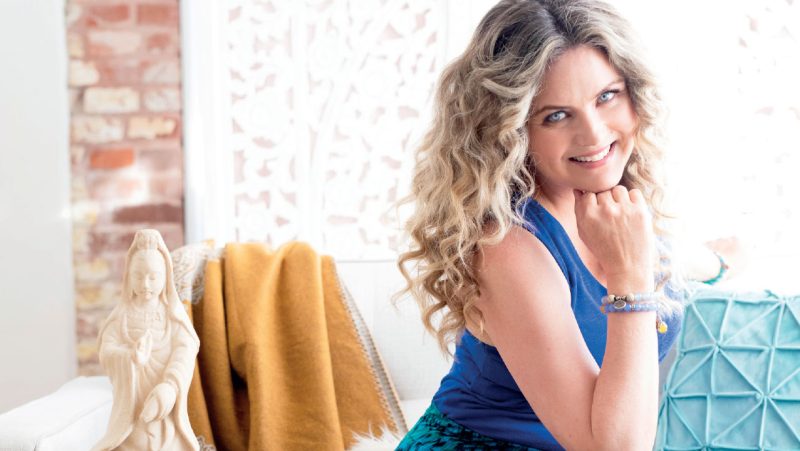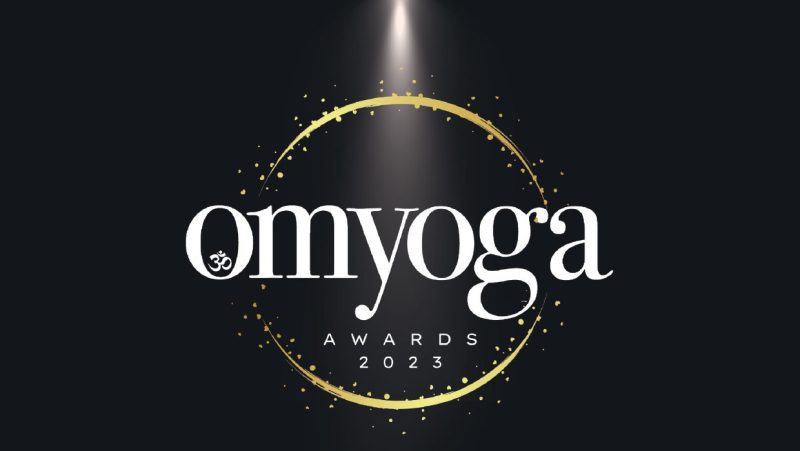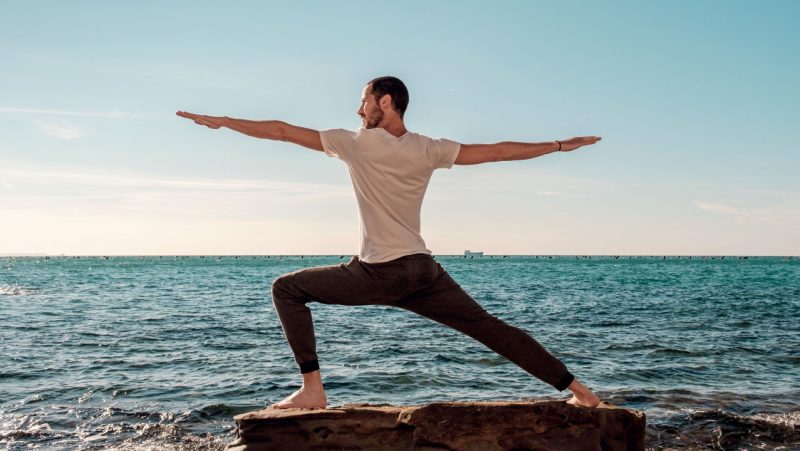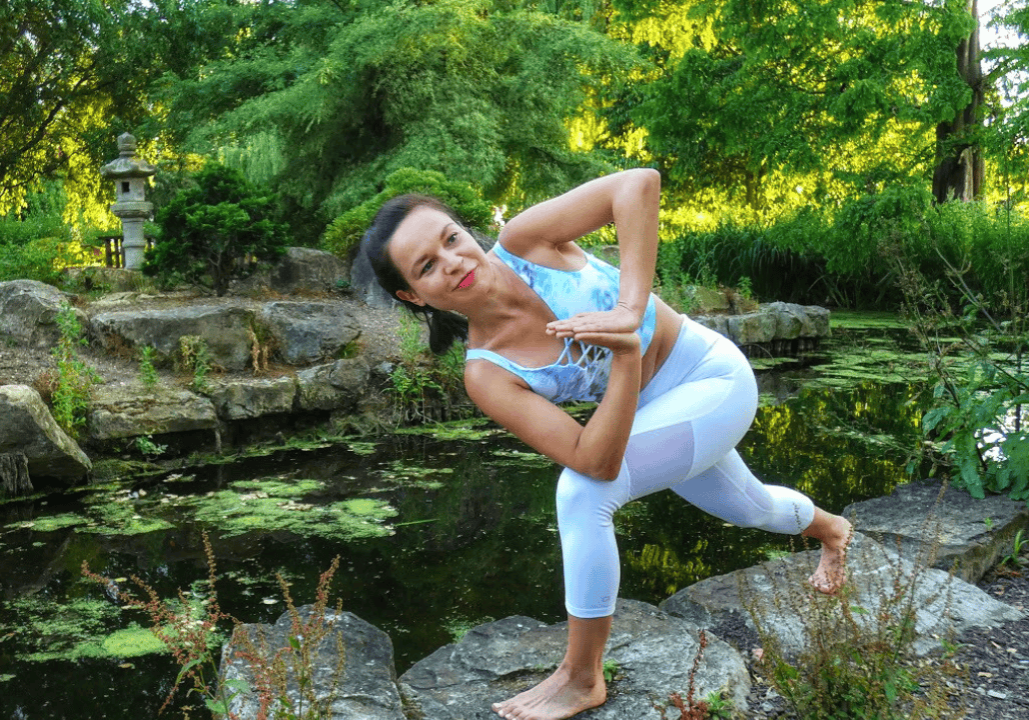
Lessons Learnt, Reflections from a Yoga Teacher’s Journey
When I first stepped into a yoga studio as a teacher, not just a student, I thought the challenge would be small class numbers or building my confidence. In reality, my biggest early hurdle was the opposite. Teaching large classes of up to 40 people while still learning “the yoga language” felt like stepping into deep water.
Reading time: 6 minutes
And I do not mean Sanskrit. I mean the everyday cues that guide someone’s body into a shape. “Step your right foot between your hands” sounds simple until you realise half the room has just done something completely different. Add to that the fact I do not teach in my mother tongue, but in my second language, English, and suddenly yoga becomes not just a practice of movement but of constant learning, adapting, and refining how I communicate.
In those first months, I had moments that could have crushed my confidence. Like the day, in my third week of teaching, when three people walked out of my class, one after the other. I could have spiralled into “I am not good enough” or “Maybe I should not be teaching.” Instead, I remember thinking, “ Well, at least that box is ticked, I know how it feels when someone leaves and I can handle it.”
Later I found out the real reasons. One had a headache, one had a wrist injury, and the third was pregnant and felt nauseous so she needed to leave. All three came back to my class. That experience taught me one of my favourite lessons so far. It is rarely about you. People are on their own path, with their own needs and problems, so the fact that someone leaves the class is not a reflection of you being bad at teaching. It is also helpful to remember that not everyone is on your fractal, in other words not everyone is meant to align with your path. We all have different preferences, and understanding this can feel freeing. Instead of feeling condemned when someone leaves your class, you can see it for what it is, simply a choice that belongs to them.
What I have discovered is that teaching yoga is not just about what happens on the mat. The real connections often begin in those few minutes before class. Asking people how they are feeling today, sharing a quick laugh, or simply making eye contact can mean as much as the poses themselves. The same is true after class, when we spend a couple of minutes chatting before everyone heads off into the world again.
Remembering names is part of that connection. When you teach around a hundred people a week, and many of them change from class to class, it is not always easy to remember every name. But the regulars who keep coming back, whose names I know instantly, hold a special place in my heart. Those are the connections that feel like friendship, trust, and community all rolled into one.
I teach Vinyasa, Hatha, and Yin Yoga, and one of the things I love most is changing my classes. I enjoy bringing in different poses, exploring new ways to sequence, and weaving in pranayama and meditation. Yoga has so many shapes, so many layers, and I find it exciting to share as much of that variety as possible.
In the beginning, creating a Vinyasa flow could take me up to two hours. Hatha always felt easier, but Vinyasa needed more time, especially to create smooth transitions that felt natural in the body. I wanted the class to flow in a way that felt really good for the students, and that meant experimenting and adjusting. Sometimes I would teach a sequence and realise that something did not quite land the way I wanted it to, so I would ask myself how I could improve it. Over time, this process helped me create classes that I could build on, refine, and make even better.
I spent a year diving deep into arm balance training, and that year taught me so much. It confirmed my belief that as a yoga teacher you have to keep learning in order to grow. You cannot simply finish your yoga teacher training and think you know it all. The beauty of this work is that we get to evolve constantly, and part of that evolution is finding your own style. I have even heard some of my students call my classes “Aga Yoga,” which makes me smile. Whether it is Vinyasa or Hatha, my classes carry my own way of teaching.
Two years on the mat taught me lessons about growth, connection, and embracing mistakes.
I bring notes to my classes, and I use them often. I might read my dharma talk directly from them, or I might feel inspired to speak intuitively in the moment. Over time, I have realised how important it is to weave yoga philosophy into the physical practice. Sometimes I share a Sanskrit concept, sometimes a quote from a teacher or a text, and other times just a sentence that has been on my mind. Very often, students come to me after class and say that something I shared was exactly what they needed to hear in that moment. Those moments remind me that yoga is as much about the mind and heart as it is about the body. Bringing this depth to a class can be one of the most powerful ways to connect with students and inspire them beyond the mat.
Two years into teaching, my reflections are these:
- Some people will love your classes, others will not.
- People are not a reflection of you, they are a reflection of who they are.
- You cannot please everyone, so do not try.
- Find your style and voice, and do not be afraid to be yourself.
- Let people know that at the end of the day it is their practice. They can slow down, speed up, or take a pose that intuitively feels right for them, especially if they have an injury.
- Prepare your classes so you can give many options, both for beginners and for more advanced yogis.
I like to demonstrate poses as I teach. It does not mean I do the entire practice with the class, but I find it helpful, especially for those who need to see the movement to understand it. Personally, when I go to another teacher’s class, I prefer when they demonstrate, because sometimes in a large class it is hard to hear from the back of the room, and sometimes the move is brand new.
I am always available for questions at the end of class, because those moments are how I grow too. If I do not know the answer, we can explore it together, or I will go and find out.
And here is a note for any new teachers reading this. Things will not always go to plan, and that is okay.
Recently I forgot a couple of poses on one side of a flow. We did one side, then the other, and when we returned to the first side I realised I had left out two poses. Instead of panicking about what people might think, I made a joke about it. I told them I was glad I was not a surgeon, because imagine if I confused which side I was operating on. The whole room laughed, and the class went on. Those moments of honesty and humour make the practice human.
Because I like to introduce new poses regularly, I am always learning new vocabulary in English and Sanskrit to guide people clearly. Teaching in a second language makes this an ongoing part of my growth, and I see it as an opportunity rather than an obstacle.
Someone recently asked me if teaching so many classes a week ever feels like too much. My answer was simple. When I am teaching yoga, I feel completely in my element. It does not drain me, it fills me up. Teaching is my break from everyday life. It is where I get to be fully present, fully myself, and share something that has transformed my own life.
Two years in, I can say with certainty that I am still a student. The mat is still my greatest teacher, and every class is a reminder of why I started. Yoga is a lifelong journey, and I am grateful every day to be walking it with the people who roll out their mats in front of me.


